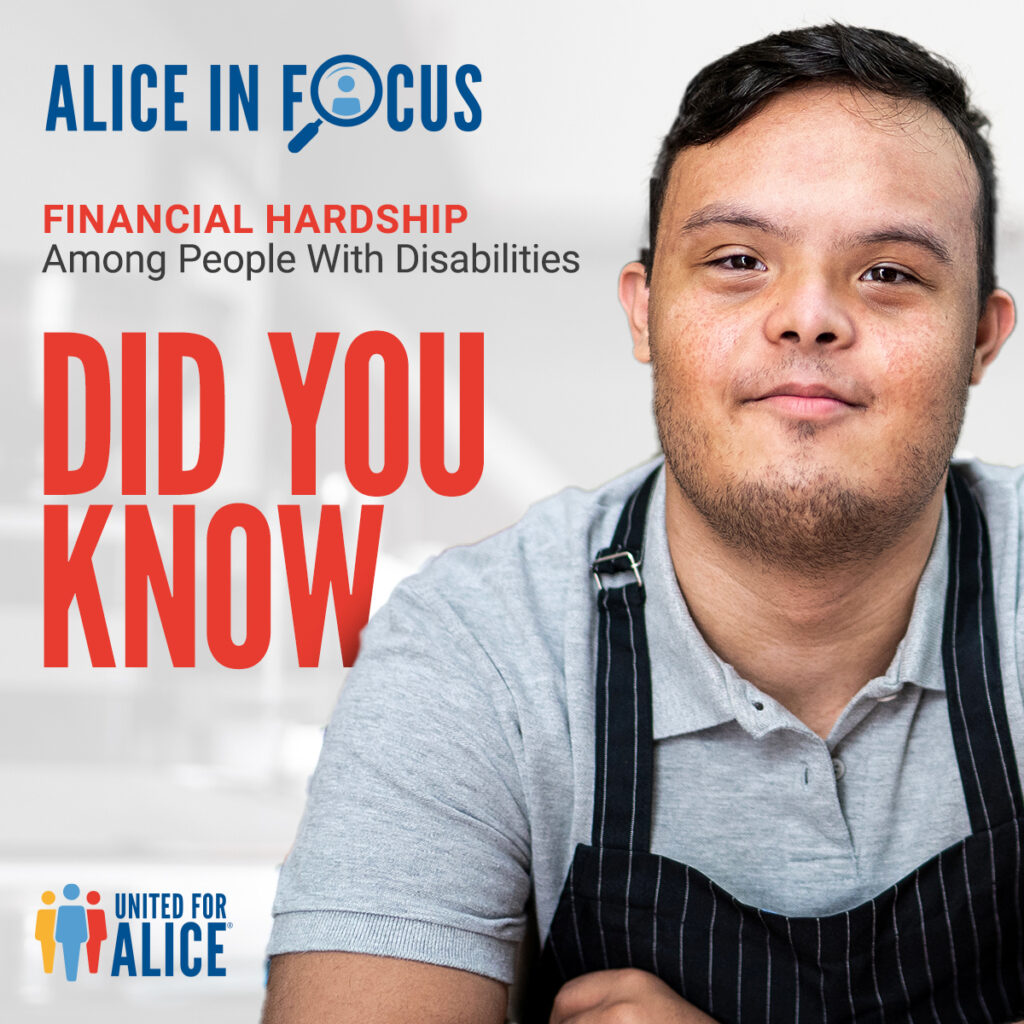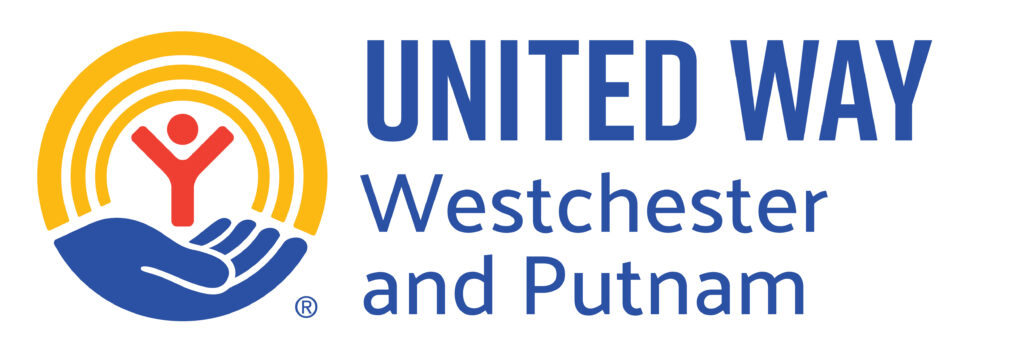New research: 48% of People with Disabilities in Westchester and Putnam are Living in Financial Hardship

The number of people with disabilities, in both Westchester and Putnam Counties, who struggle to afford the basics is far higher than federal poverty data indicates — 48% compared to 15% — according to a NEW REPORT from United Way of Westchester and Putnam (UWWP) and its research partner United For ALICE.
In 2019, while 15% of residents with disabilities were deemed in poverty, 33% — twice as many — were ALICE (Asset Limited, Income Constrained, Employed). ALICE households earn more than the Federal Poverty Level but less than what it costs to live and work in the modern economy. Combined, 48% of the 98,132 residents living with disabilities in both counties were below the ALICE Threshold, with income that doesn’t meet the basic costs of housing, childcare, health care, transportation and a smartphone plan.
Putnam County Findings
Fifty percent of Putnam County’s 10,805 residents with disabilities live within the ALICE threshold compared to the 5% of them that live below the FPL. Combined, 55% of people with disabilities struggled to make ends meet in Putnam County in 2019. The percentage of people living below the ALICE Threshold overall in Putnam County is 33%.
Westchester County Findings
The number of people with disabilities in Westchester County who struggle to afford the basics is also far higher than federal poverty data indicates — 47% compared to 16% — according to the report. Of the 87,327 people who live with disabilities in Westchester, 31% are within the ALICE Threshold. The percentage of people living below the ALICE Threshold overall in Westchester County is 37%.
Westchester County’s percentages were broken down into sections called Public Use Microdata Areas (PUMAs) — a U.S. Census Bureau geography made up of groupings of about 100,000 people. Within Westchester were five PUMAs: Westchester County Central (White Plains City), Westchester County Northwest, Westchester County South Central (New Rochelle and Mount Vernon), Westchester County Southeast and Westchester County Southwest (Yonkers City).
Of Westchester County’s 87,327 people with disabilities, the highest percentages living below the ALICE threshold in Westchester were concentrated in the Southwest (59%) and South Central (60%) PUMAs. Of the five PUMAs, Westchester County Southwest has the highest percentage (27%) of people with disabilities living below the FPL. At just 3%, the Northwest PUMA has the least.
New York State Findings
In 2019, while 21% of residents with disabilities were deemed in poverty, 37% were ALICE (Asset Limited, Income Constrained, Employed). Of the New York residents living with disabilities in New York, 58% were below the ALICE Threshold.
The new research also shows that outdated federal guidelines prevent the majority of residents with disabilities who are living in financial hardship from
accessing critical public assistance. According to the new report, a staggering
78% of residents with disabilities below the ALICE Threshold did not receive Supplemental Security Income (SSI). The program requires that recipients have income below the poverty level, be unable to work, have a “severe” impairment and have less than $2,000 in their bank accounts, $3,000 if they are a married couple.
“Income eligibility requirements for SSI haven’t been updated in nearly four decades, which is one of the big reasons why more than 980,353 residents in New York State were shut out of receiving a much-needed financial lifeline,” President, and CEO of UWWP Tom Gabriel said. “By using data that takes into account the true cost of living — we can establish critical supports that help those who need it the most,”
Other findings from ALICE in Focus: People With Disabilities include:
- Black and Hispanic residents with disabilities — 73% and 74% respectively — disproportionately experienced financial hardship compared to 48% of white people with disabilities.
- Females with disabilities struggled more to afford the basics — 12% — compared to 11% of males with disabilities.
- New York saw 49% of residents with disabilities below the ALICE Threshold spend 35% or more of their income on their mortgage, plus utilities, taxes, and insurance.
- Whether working full or part-time, people with disabilities were more likely to be living paycheck to paycheck than those without disabilities: 27% of full-time workers with disabilities were below the ALICE Threshold compared to 22% of full-time workers without disabilities.
More data is available through the ALICE in Focus: UnitedForALICE.org/Focus-Disabilities.
